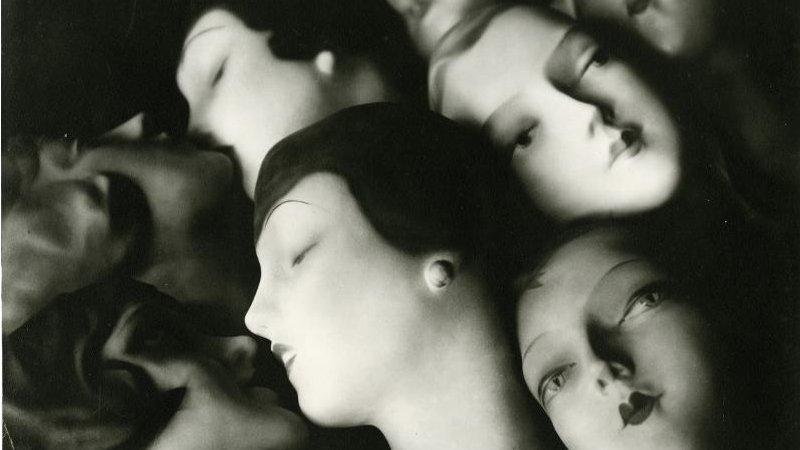Ancient Egyptian fingerprints found by Cambridge Fitzwilliam Museum
- Published
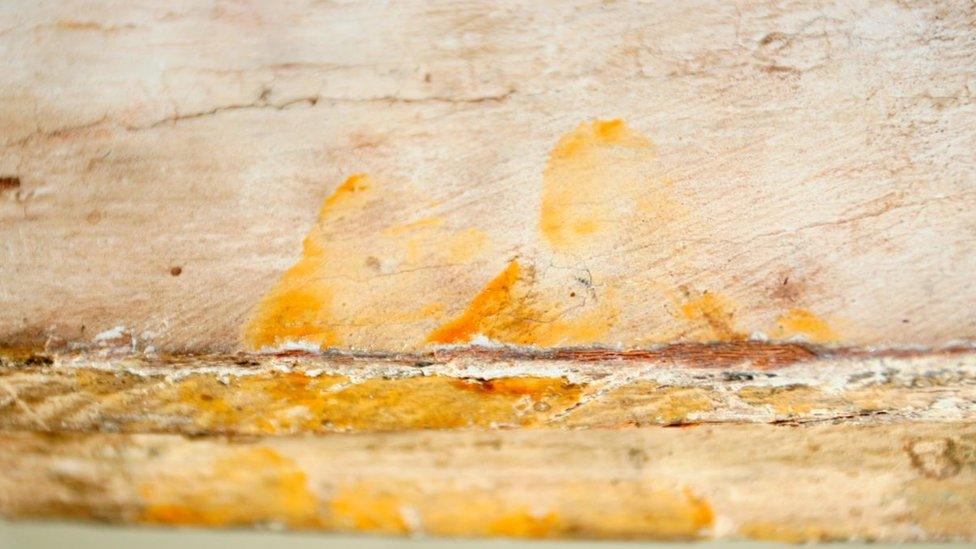
The prints bring researchers "closer to the ancient craftsmen" who worked on the coffins, the museum said
Three-thousand-year-old fingerprints have been found on the lid of an Egyptian coffin by researchers.
The prints are most likely to have belonged to craftsmen handling it before the varnish dried, according to the Fitzwilliam Museum in Cambridge.
The discovery was made public ahead of a new exhibition on how Egyptian coffin design changed over 4,000 years.
The prints were "one of many small details that bring us closer to the ancient craftsmen," a spokeswoman said.
Julie Dawson, head of conservation at the museum, said the prints were first identified in 2005 by researchers at the Fitzwilliam but had "not been widely publicised" before now.
They were discovered on an inner coffin lid belonging to the priest Nespawershefyt, dating from about 1,000 BC.
Organisers of "Death on the Nile" said it was the first time a major exhibition has "put the focus" on ancient Egypt's artisans.
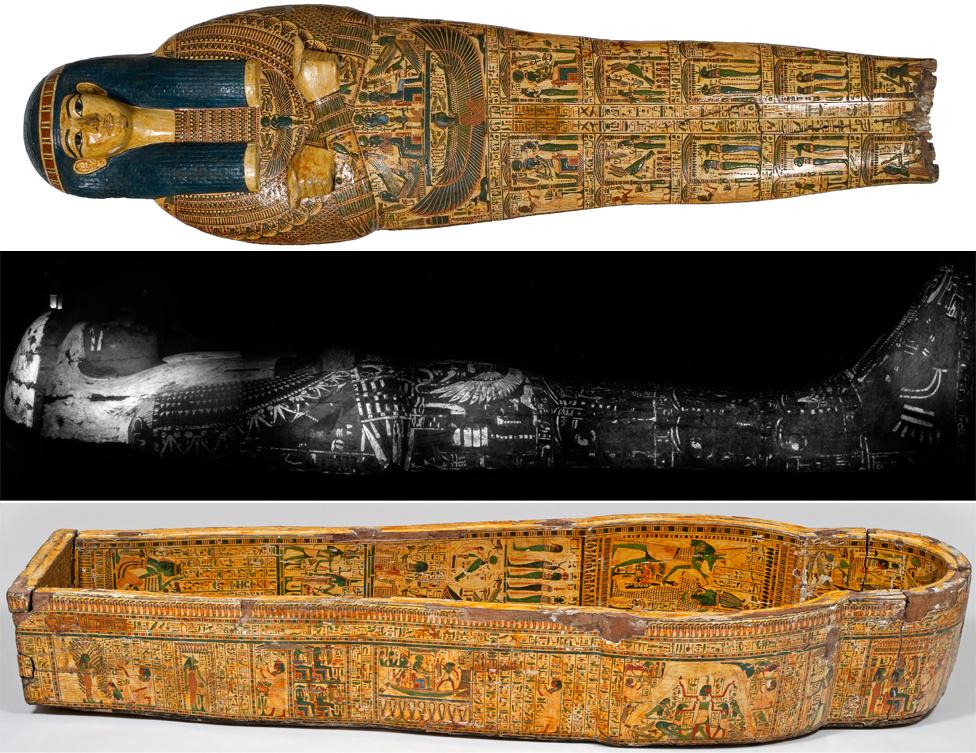
The fingerprints were discovered by museum researchers on an inner coffin lid belonging to the priest Nespawershefyt from about 1000 BC. It was also sent to Addenbrooke's Hospital in Cambridge for CT scanning, revealing how carpenters "extensively reworked" the box
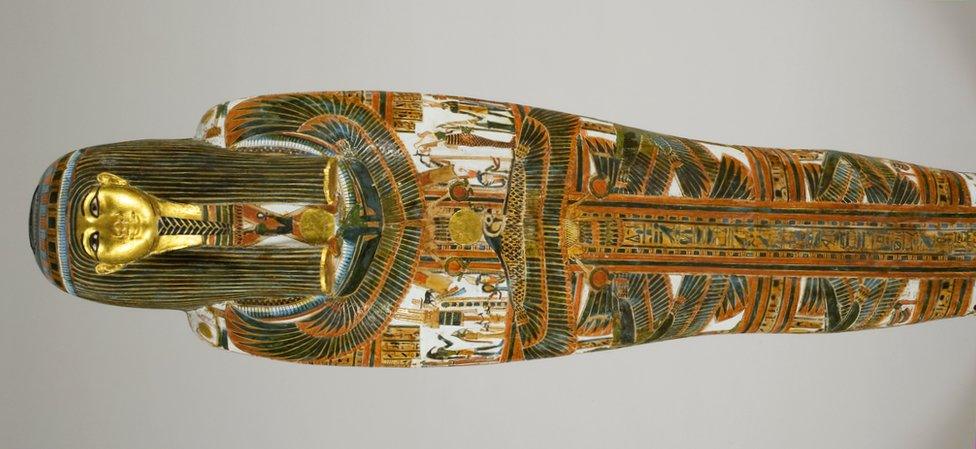
The exhibition illustrates how artistic styles changed in ancient Egypt. This coffin was made about 923 BC
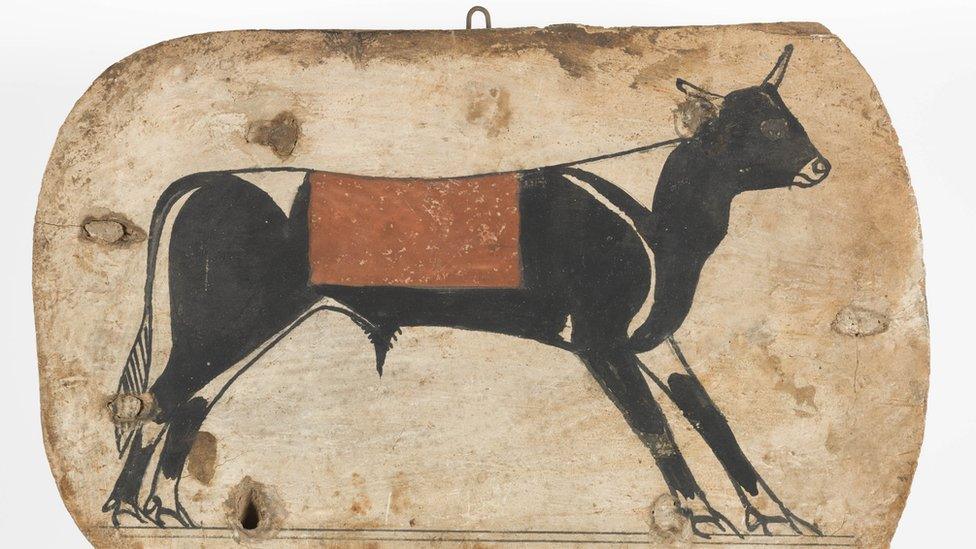
The objects retained their colours for thousands of years because craftsmen made paint from pigments, often from rocks, which are resistant to deterioration

Models of people to serve the dead were found in the tombs. These figures, dating to between 2010 to 1950 BC, were found in the tomb of a man called Khety. They are shown preparing bread and beer, both staples of the Egyptian diet

Co-curator Helen Strudwick said: "A coffin artisan had to deal creatively with many practical problems... and the objects always had to be tailored to cost." This one was made between 1915 and 1870 BC for a woman called Nakht, rich enough to pay for imported, expensive cedar
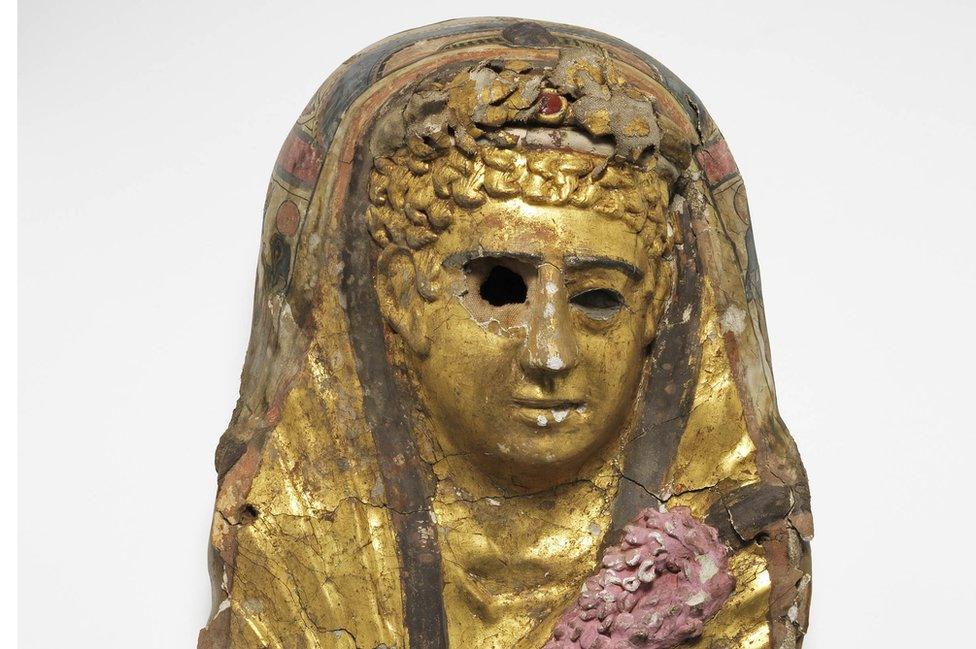
By the time this mummy head was made between 1 and 100 AD, the Romans were occupying the country. The exhibition, Death on the Nile, opens on 23 February
- Published4 February 2016
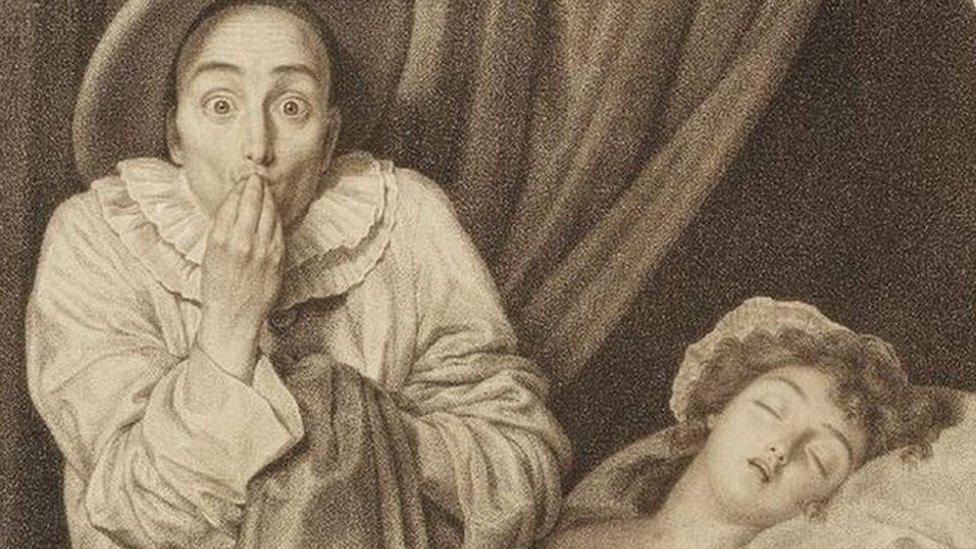
- Published2 January 2016

- Published25 November 2015
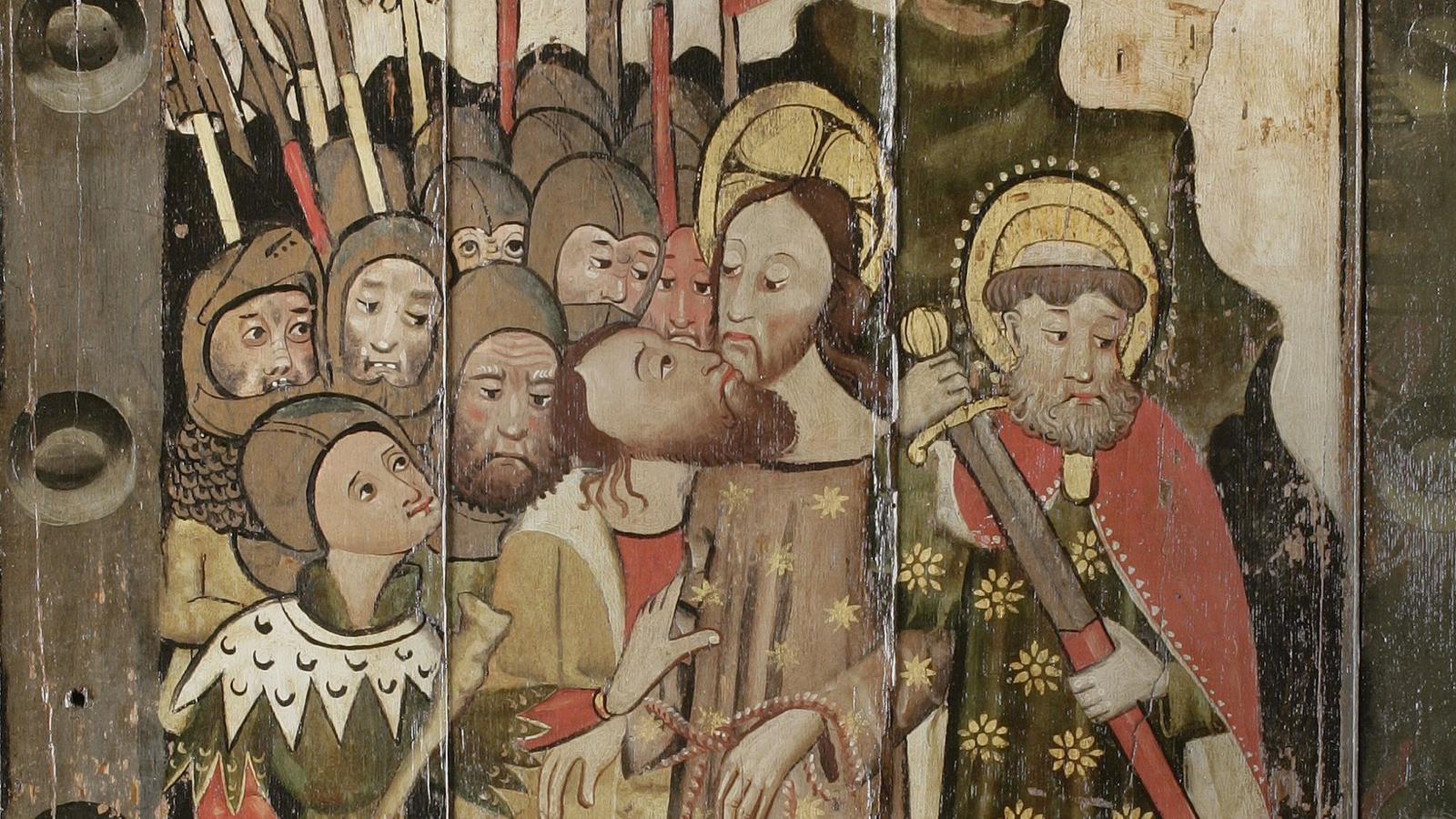
- Published5 July 2014

- Published10 August 2014
